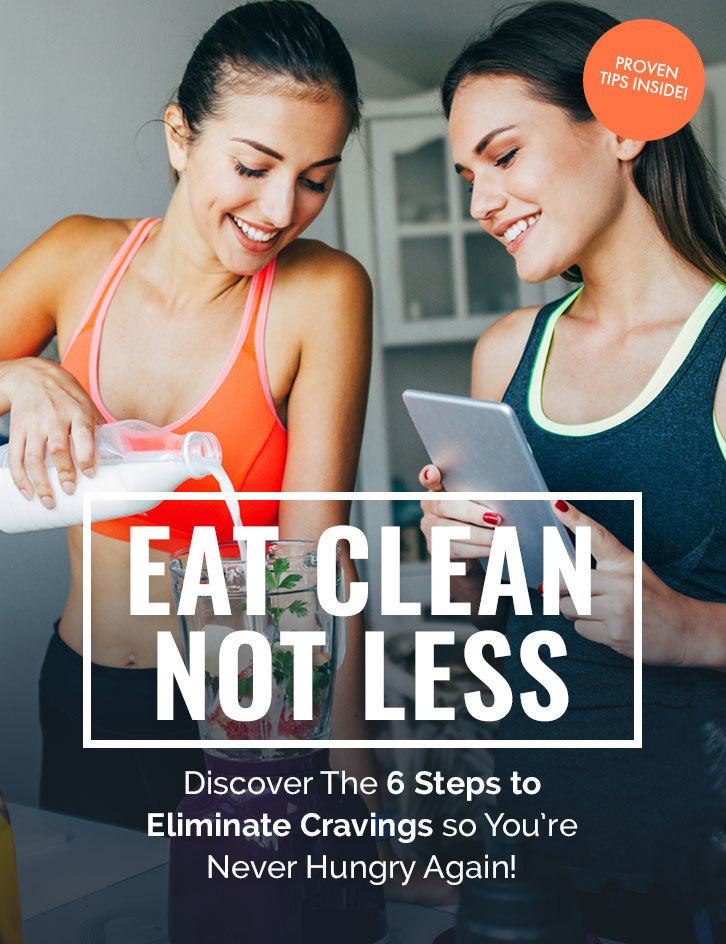At CrossFit Hampton Roads, included in your membership is a quarterly InBody assessment. It takes about 5 minutes and when you’re done you leave with a nifty little sheet filled with lots of information. It looks like this:

How do I read my InBody Report?
That’s a lot to take in! We are going to focus on how to use all this information to help you dial in your nutrition. If you have your InBody sheet close by, I want you to look at the portion on the right side, with the label Body Fat-Lean Body Mass Control.

In this case, our imaginary person needs to consume 1168 calories. Then, if they CrossFit, they need to add approximately 200-300 calories. If they walk 10,000 steps, they need 500 more calories. If you are working with a nutritionist, CrossFit coach, or health professional, they will be able to dial in your calories to a more precise number. But if you want to get started on your own, you can use your BMR as listed on your InBody Results Sheet plus the needed calories added for your daily activities. You can find estimated calories burned during a variety of activities here.
So, now we know our imaginary InBody person needs about 1868 calories a day if they walk 10000 steps and do an hour of CrossFit class. From there, they can start tracking their food intake to see where they land in their daily calorie consumption.
There are a couple ways you can track your food, but I find apps to be the easiest. Apps like Cronometer, MyFitnessPal and LoseIt! are all easy ways to find and record how much and what you eat. Remember, we are not competitive athletes, or body builders. We are merely trying to eat whole foods to support our activities and maintain a healthy body composition. Just tracking will help us to see the areas that are causing us to not have the athletic performance, body composition or overall energy levels we want.
This section makes it easy for you, your CrossFit coach, your nutritionist or health professional to help you reach the optimal body fat percentage for your sex. Ideally, I like to see men around 15% and women around 23%. This is the optimal percentage for long term health and wellness.
If your body fat mass is above the optimal percentage, the InBody sheet will recommend losing fat (-22 lb in the above image) and increasing your Lean Body Mass (+8.4 lbs in the above image). While this can seem overwhelming, it’s simple. By changing a few things in your diet, you can lose fat and increase lean mass (muscle!). We will discuss that later in the post.
Now, turn your attention to the information just below the “Body Fat-Lean Body Mass Control”. There you will find your Basal Metabolic Rate (BMR). This is the total calories you need to eat for basic bodily functions. That means this is how much you need to just exist! It does not include your CrossFit workouts, walking around, playing with your kids or pets, etc. So those calories need to be factored in.

Based on my InBody Results, what should I eat?
I recommend following the weekly 80-20 rule. 80% of your diet should consist of whole foods – meats, vegetables, nuts, seeds, and fruits. Think: perimeter of the grocery store. 20% can be other things like sweets, alcohol, chips, other packaged snacks, etc. Record all of this, keep it around your estimated calorie target and you are on your way to fueling your body for whatever you require of it.
What about protein?
We Crossfitters love our protein. And if you’re tracking your food, why not start to look at how much protein, carbohydrates and fat you are eating? Well…let’s just start with protein and calories. Protein provides the building blocks of muscle, but it also helps keep us full and saturated throughout the day. It helps balance blood sugar levels between meals. But more importantly, consuming appropriate levels can help increase lean muscle mass, which can help reduce body fat mass. It’s a great thing to focus on as you progress in your nutrition journey!
To figure that out – we are going to return to your InBody Results Sheet. Find your weight on the left side of the sheet.

In this imaginary person’s case, their bodyweight is 130lbs. It is generally recommended to eat .7-.9g of protein per pound of bodyweight. That means this person would eat anywhere from 91 to 117g of protein a day. That’s about 25% of their daily intake in calories.
What are my next steps?
So now you have the amount of calories and the amount of protein you should be eating. Start tracking your food on a consistent basis. A lot to being successful with your nutrition is consistency. Unfortunately, just like we can’t practice pull ups for only one day, we can’t track and eat whole foods for just one day. We need to string as many days together as we can. Start doing this, and weigh yourself on a weekly basis (we have a scale at the gym!). Stick with that for 4-6 weeks and see if anything changes. If it does, and it’s what you want, great! If not, start making small changes to your diet (or come talk to your local CrossFit coach!!). Then, come back for the next quarterly InBody Scan and let’s see how that Body Fat-Lean Body Mass Control changed!!
Sources:
Protein Intake for Optimal Muscle Growth and Maintenance
Harvard University: Calories burned for 30 min activities
How to Use your BMR to hack your diet



